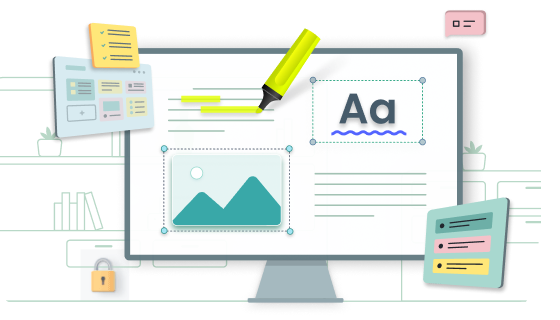Understanding and reading body language can be an incredibly useful skill, especially for children.
Body language can help children to express themselves, it can help them with their mental development, and it can help them in social situations as well.
Body language helps children and adults alike, to set boundaries, it helps them to express themselves in a non-verbal sense, plus it can also help to build and establish relationships as well. Because of this, more and more schools and teachers are using body language PDF documents, flash cards, and other learning tools to teach children how to read body language.

If you yourself are a parent or teacher and are looking for ways of teaching children the importance of reading body language, and indeed, how to do so, a body language PDF with pictures could be precisely what you need. Because you can add text and more images to rich the PDF as you like and print it out with PDF software.
Here’s a look at some handy tips on how to read a person’s body language.
Make Note of Eye Contact
When talking about body language, eye contact is very important.
Avoiding eye contact for long durations of time can give off the impression of negative body language, but at the same time, so too can maintaining eye contact for a long period of time too.
Teach children this and show them that eye contact for a few seconds at a time is generally considered beneficial and positive.
Use Body Language Meanings with Pictures PDF Documents
When teaching children, modern technology is considered very beneficial as it can be used in a whole variety of different ways. One of the best things you can do when teaching kids to read body language is to utilize a body language PDF with pictures.
Download some body language PDF files and open them up with SwifDoo PDF to begin editing and customizing them. With SwifDoo PDF editor you can add text and additional images to your PDF designs.
Once you’re happy with these body language PDF images you can save them via SwifDoo PDF and go ahead and print them off. Now you can hand them to the children, or even stick them on the wall and let the kids study them at their own leisure.
Make Note of Crossed Arms and Legs
When editing your body language PDF pictures, be sure to teach your students the importance of monitoring crossed arms and legs.
Of course, this isn’t always the case, but usually, crossed arms and legs signifies resistance to what the recipient is being told. By crossing their arms for example, they are putting up a shield and are shielding themselves against what you’re saying to them.
From a psychological standpoint, if a person has crossed arms and/or legs, they’re closed off from the person speaking to them, or from what the person speaking to them is actually telling them.
This does not mean that every single person with crossed arms and/or legs is closed off and resistant to what they’re being told, but it is often a sign of a person putting up barriers and resistance.
It’s All about the Posture
Posture is also something which should be noted when it comes to body language.
When editing your body language meanings with pictures PDF files on SwifDoo, be sure to emphasize the importance of a person’s posture when speaking to them.
If a person walks into a room with slouched shoulders, a rounded back, and their eyes fixed on the floor while looking dejected, this obviously emphasizes that the person is unhappy and is perhaps lacking confidence. On the flipside, if a person walks into a room with their head held high, their chest puffed out, and their back nice and straight, this gives off confidence and powerful vibes and is generally a positive posture.
The Eyes Don’t Lie
When teaching your students and/or children, you no doubt teach them the importance of telling the truth right from the onset.
When it comes to body language however, you can often tell when a person is lying by looking at their eyes. Now, the general consensus is that liars fail to make eye contact and will look away when lying, but that isn’t always the case.
Studies have found that liars often overcompensate by deliberately making and maintaining eye contact in a bid to fool the other person and convince them that they’re telling the truth. The problem is that they overcompensate by maintaining eye contact for too long.
Studies have found that, on average, people telling lies will maintain eye contact for 7 – 10 seconds longer than average, so prolonged eye contact can be a sign that a person isn’t telling the truth.










